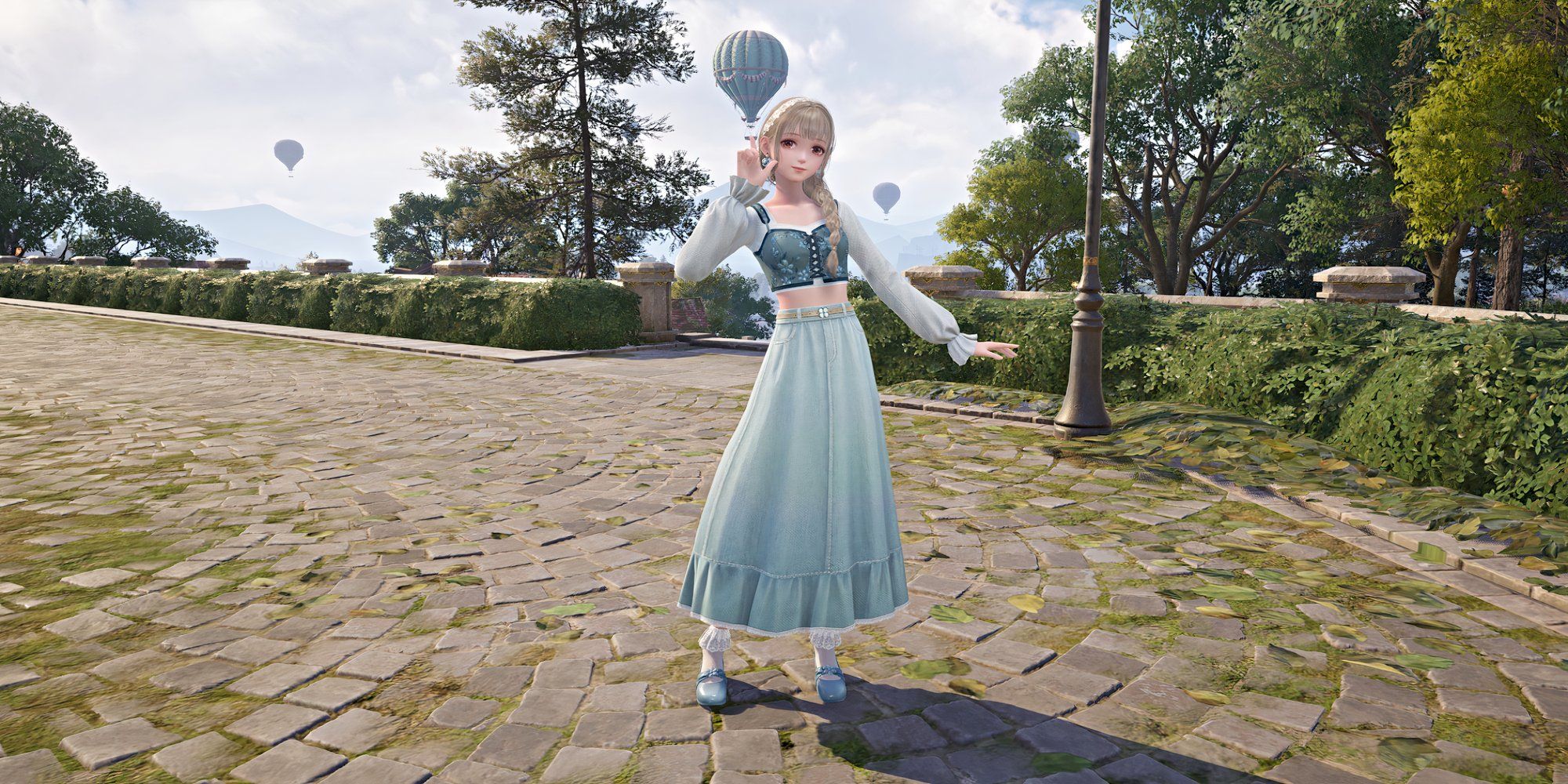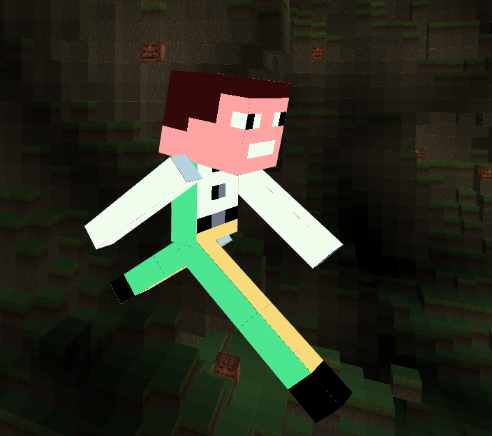www.fastcompany.com
As the Eaton Fire spread on January 7, curators at the Gamble Housean Arts and Crafts-era residence in Pasadena by the architecture firm Greene and Greene, which Back to the Future fans might recognize as Doc Browns mansionkept refreshing evacuation maps and checking in with each other on a group text: Would the fires reach the house?They expected high winds, based on forecasts the night before, but not the fast-moving wildfires raging in neighboring Altadena. As the evacuation zone inched closer and the house entered the warning zone the morning of January 8, Jennifer Trotoux, director of collections and interpretation at the Gamble House, feared that the structure might be lost and marshalled staff who lived nearby (and who werent at risk of being evacuated themselves) to come and remove as many objects as they could.Were always nervous, Trotoux says, noting that the house and the homes in the neighborhood around it are made from wood, plus theyre near the Arroyo Seco trail, a forested area. The very character of the place makes it susceptible to fire.Wind bends palm trees as the Eaton Fire moves through Altadena, California on January 8, 2025. [Photo: Justin Sullivan/Getty Images]The effects of climate change are damaging or threatening architecturally significant sites around the world. Stateside, some of the high-profile cases have included sea level rise that is impacting Colonial-era homes in Newport, Rhode Island, inland flooding that has inundated the Mies van der Rohedesigned Farnsworth House, and fires that destroyed historic Lahaina, Maui. When many of these catastrophes strike, it is simply not possible to save the whole building or district, but sometimes theres a chance that curators and site caretakers are able to remove objects from them, making real-time choices about the history that will remain tangible and what may potentially become lost forever.Just like people packed go bags of important documents, medication, and sentimental items when Los Angeles sent evacuation orders, curators at historic homeslike the Gamble House, Eames House, and Burns Housecorralled important artifacts to bring to safer ground.Trotoux and her colleagues arrived with two minivans and a hatchback, which they quickly filled with furniture and objects from the house: art glass lanterns; metal andirons and tools for the fireplace; rugs; writing desks; chairs from the primary bedroom, living room, and dining room; Rookwood pottery; and Tiffany lamps. They wrapped them in moving blankets and tablecloths they have for special events, and tucked pillows around them to prevent damage. I was just in a daze, Trotoux says of the operation. We just kept putting one foot in front of the other.Preserving Design History in the Climate EraRemoving fragments or furniture from buildings is a common (and sometimes unethical) practice. While individual elements can never fully convey the full spirit of a place, these artifacts are useful proxies for the whole. For example, Frank Lloyd Wrights Imperial Hotel in Tokyo was demolished in 1968, but the dining chairs and lobby were salvaged, offering a window into the world he created. In the event of planned demolitions or closures, theres usually ample time to remove whats most notable; however, in an emergency like a fire its a race against the clock.Because of the worsening fires in Los Angeles, museums have integrated object-rescue operations into their collections management plans. The curators of the Eames House, which is located in the Pacific Palisades and was at severe risk of burning down in this years fire, integrated this thinking into their conservation management plan, which was completed in 2018. It encompasses strategies for site preservation (like clearing brush and replacing highly flammable Eucalyptus trees with drought-tolerant native Live Oaks) as well as emergency measures like applying fire retardant and removing select objects, which are historically significant elements of the house and its history.Case Study No. 8, Eames House [Photo: Walter Bibikow/Getty Images]Also known as Case Study No. 8, the 1949 house by designers Charles and Ray Eames began as an experiment in prefabrication but quickly became a laboratory where they tested prototypes and surrounded themselves with examples of good design that they collected on trips around the world, which they arranged in specific juxtapositions. Preserving the way that they lived is important to the curators, so they prioritized removing complete tableaux of objects.The 2019 Getty Fire tested the Eames Foundations planning. They removed objects back then, which became like a test run for the Palisades Fire. You have to have different listsyou have 15 minutes, you have half an hour, you have whatever, says Lucia Dewey Atwood, the director of the Eames Foundation, the nonprofit that oversees the house (and one of Charles and Rays grandchildren). However, because the exact situation is unpredictable, the curatorial team makes decisions on the fly based on how much time and moving capacity they have.[Photo: Florian Bohm/courtesy Eames Foundation]This time, I had a window of about three hours between the time that I realized, Oh my God I got to get over there, talked my way past the firemen and police, got to the house, secured the objects, and then took them off-site, Atwood recalls. It was such a rush. It was overwhelming.[Photo: courtesy Eames Foundation]Because of time and transportation constraints, Atwood could take only two tableaux. The first was in the living room, a composition of a low table the couple designed; a blue box from Austria with brass bells from India inside of it; a figurine of a monkey riding a deer and a metal shell from India; a trio of sea creatures made by the Inuit; and a stone flint. The second was a collection of serving spoons kept near the kitchen sink and a bread knife with a ribbon tied around it that was a gift to Ray from Charles.In addition to the tableaux, Atwood also took an African stool, a painting by Ray, and the famous house bird (which inspired a replica sold by Vitra). A few books from the libraryincluding titles on Eastern philosophy, Nine Chains to the Moon by Buckminster Fuller, and a Russian grammar bookrounded out the mix.[Photo: courtesy Eames Foundation]These objects tell the story of their living and their working, Atwood says. They are important because this isnt just a structure; this is also showing how they truly lived in a very visceral way.Gamble House [Photo: Sarah Reingewirtz/MediaNews Group/Pasadena Star-News/Getty Images]Choosing Individual Objects when the Whole Idea Is ImportantIn 2022, the Gamble House updated its collections management policy to include instructions for removing objects in case of fire. They envisioned a scenario when first responders might be the only people who might be able to enter the house, so they drafted detailed floor plans with arrows and images of the objectswhich would all be small-scale and not include any furniturethat they could hand over.The Gamble House in Back to the Future [Image: Universal Studios]However, figuring out what would be most representative of the whole was a difficult assignment. The Gamble House is the only Greene and Greene project with all of its furniture intact. Its that totality that makes it so precious, Trotoux says. And thats what made it so hard when we went around and looked at the objects and the furniture to decide what to take.Gamble House interior [Photo: Alex Vertikoff/courtesy the Gamble House Conservancy]Greene and Greene designed unique pieces of furniture for every room in the house. The curators wondered if they should focus on taking one complete suite of furniture or to take examples from each of them. They opted for the latter in order to represent the variety of designs the architects created for the house, as well as personal objects the Gambles collected, including bronzes they purchased on a 1908 trip to Asia.Detail of a tall dresser in the Gamble House designed by Greene and Greene [Photo: Anne Cusack/Los Angeles Times/Getty Images]While the staff managed to get what they could to safety, it brought little relief. All you could think about is the things you had to leave behind and the fact that the house was still there in danger, Trotoux says. I was always looking at the greater whole and thinking, We need the whole Gamble House. We need all the objects. We need all the architecture. We need everything.Burns House exterior [Photo: Kansas Sebastian/Flickr]The Future of Living with the Threat of FireAt the postmodernist Burns Housea house in the Palisades Charles Moore designed in 1973 for Leland Burns, an urban planning professor and music aficionadothere was no plan or precedent to follow when flames approached. Kevin Keim, the Austin-based director of the Charles Moore Foundation, flew to Los Angeles at the last minute on January 8 after seeing how quickly the Palisades fire was spreading. Early on the morning of January 9, he went to the house and began soaking the property with a garden hose and removing as much plant debris as possible so that if an ember did fall, it wouldnt have any fuel to ignite. I was on the roof just hearing houses and trees exploding, Keim says. Smoke was just pouring over the ridge.Keim felt the fire was too close for these efforts then spontaneously decided to make a mad dash for whatever objects he could fit into his sedan and evacuate the area. I decided in the last moments, when I thought the house was really a goner, that I would grab what I could, Keim says.[Photo: courtesy Charles Moore Foundation]Unlike the Eames House and Gamble House, the Burns House doesnt have small objects that represent the whole. Architecture is the important element. Moore designed the residence to resemble an Italian hillside villa, with staircases that quote English monasteries and an interior designed around a two-story-tall custom pipe organ. But the house had a rare Moore sculptural diorama, called Chamber for a Memory Palace. Moore only made seven of these and the locations of just four of them are known, including the piece in the Burns house, which was kept on a plinth in the music room. Keim didnt have packing or conservation materials on hand, so he buckled the piece into the back seat of his Toyota Camry. Then he took artwork, which isnt replaceable like Burnss extensive book collection is, that he could fit into his car, including a landscape by the California painter David Ligare as well as pieces by David Hockney, James Rosenquist, James Gill, Ellsworth Kelly, and Jim Dine.[Photo: courtesy Charles Moore Foundation]Had I my druthers, I wouldve taken the musical instruments, but they were too big, Keim says, referring to the Steinway piano, Jurgen Ahrend organ, and Klaus Ahrend harpsichord. We were even joking later about looters pushing the harpsichord down the street. Also too big to take? An Alvar Aalto screen and Alice Wingwall collage.The house is still standing, fortunately. We just escaped through the skin of our teeth, Keim says. However, Keims experience has shifted how hes planning to manage the house in the future. This mostly has to do with the landscape around it. Two of the exterior passageways adjacent to the house are covered in vines, which will soon be removed. A wisteria plant over the entrance will likely have to go, too. He also plans to rethink the front staircase, which is made from salvaged railroad ties that are highly flammable since they are treated with creosote.While there are sophisticated fire-suppression systems in place at some museumslike rooftop sprinkler systems, building materials that are flame resistant, and drought-tolerant landscapes with vegetation-free plazas, like at the Getty Centertheres also a sense that theres only so much that conservationists can do.Fortunately, the Burns, Eames, and Gamble houses all survived the fires. But the Palisades and Eaton fires claimed many historic homes, including Eric Owen Mosss House 8, Richard Neutras Ness house, Ray Kappes Keeler house, Gregory Ains Park Planned Homes, and the Zane Gray Estate, a 1907 Mediterranean revival house in Altadena that was built from reinforced concrete and designed to be fireproof.Sometimes it doesnt make a damn bit of difference, Keim says. In the Palisades, it was such a firestorm that nothing is going to prevent your house from catching fire. Flames dont even have to get to it. The heat is so intense, the houses spontaneously ignite. Its like Richard Feynman always said: you cant fool mother nature. And if this worst-case scenario should happen, hopefully a few objects will have been removed for safekeeping.












